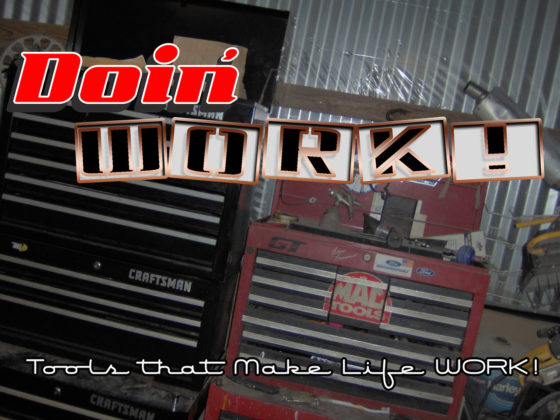,
 |
| The TE610 battery tray is a well-known weak point. On the right-hand side of the subframe, the weight of the battery becomes a shear load where the tray meets the frame, and causes a crack – mine had already made good progress right through the middle of the weld. |
 |
| I made three tabs from 1/8-in aluminum to reinforce the tray: one to support the vertical load, one to resist the shear load and one to completely box the left-hand side of the tray to the subframe. |
The battery tray reinforcements were also welded at Zenith Performance Fabrication. The lower right stay of the subframe warped a little, but I was able to straighten it for a perfect fit on the main frame by very careful application of force. I had already decided to leave the passenger pegs off to drop some weight and have a cleaner look, so I didn't think to check their fit until after all the welding was done. I was relieved to find the forward-most gusset on the right hand side just clears the rear mount of the passenger peg, so I still have the option of reinstalling them.
The chain rollers above and below the forward end of the swingarm are mounted on threaded bosses welded to the frame, which are usually only noticed missing after 40 miles of desert riding. Having the subframe and swingarm off the bike maximized access to these areas, so I took the chance to have Matt weld two gussets at 90 degrees on each boss. This should ensure they remain a permanent feature of the frame.
 |
| The TE610's chain roller mounts are basically tack welded to the edge of the frame. Without these two added gussets, it's a question of when, not if, they go missing. There's a second chain roller below the swingarm, which needs the same reinforcement but is a lot harder to photograph. |
 |
| With the roller and subframe reinstalled, the gussets are a nearly invisible detail that make an important difference. The purpose of the chain roller is to feed the chain onto the front sprocket, rather than bunching up and perhaps causing problems if suspension travel and engine braking allow slack in the top half of the chain. That's still the stock front sprocket, not the Renthal. |



